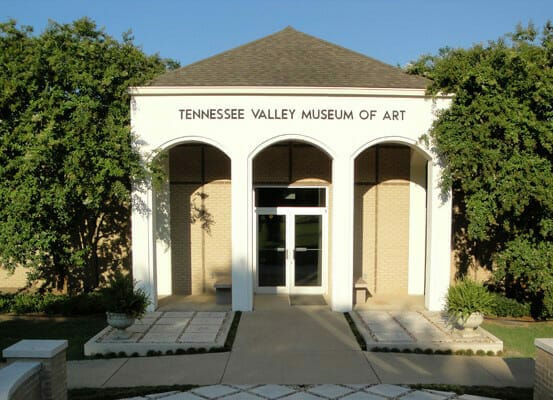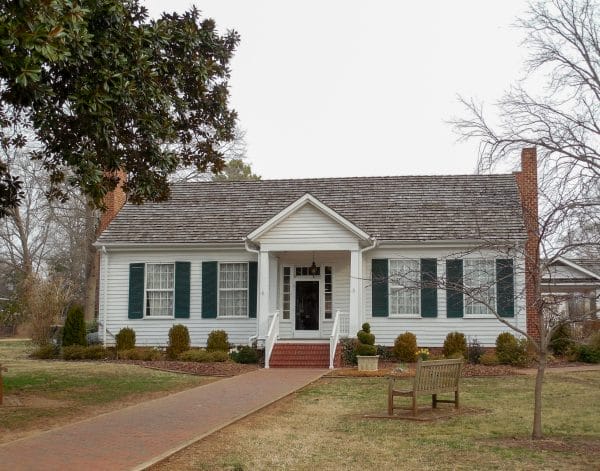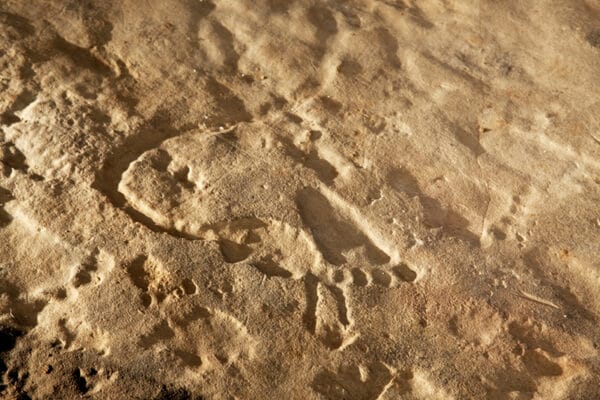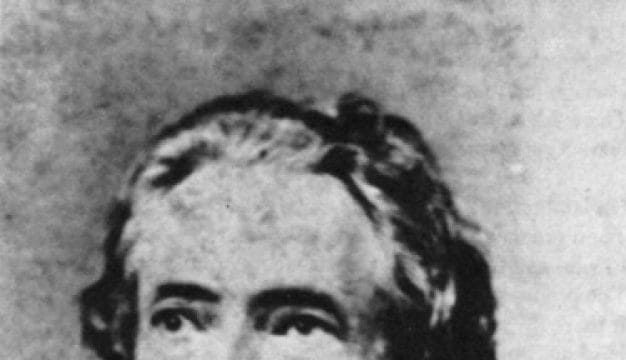Tennessee Valley Art Association
 Tennessee Valley Museum of Art
Located in Tuscumbia, Colbert County, the Tennessee Valley Art Association (TVAA) was established in 1964 to promote the visual arts and theatrical and musical performances in the Tennessee River Valley region of northwest Alabama. The organization manages the historic Ritz Theatre in Sheffield and is headquartered in the Tennessee Valley Museum of Art (TVMA) in Tuscumbia. The association’s visual and performing arts programs are conducted at the Tennessee Valley Museum of Art and the Ritz Theatre as well as in schools and other locations in the Tennessee River valley.
Tennessee Valley Museum of Art
Located in Tuscumbia, Colbert County, the Tennessee Valley Art Association (TVAA) was established in 1964 to promote the visual arts and theatrical and musical performances in the Tennessee River Valley region of northwest Alabama. The organization manages the historic Ritz Theatre in Sheffield and is headquartered in the Tennessee Valley Museum of Art (TVMA) in Tuscumbia. The association’s visual and performing arts programs are conducted at the Tennessee Valley Museum of Art and the Ritz Theatre as well as in schools and other locations in the Tennessee River valley.
The TVAA is governed by an 18-member board of directors that oversees TVAA facilities and programs. Operations and programs are supported by memberships, private and corporate donations, grants, and revenue from admissions and gift sales. The organization also benefits from the contributed hours of more than 80 volunteers. In addition, the board incorporated the not-for-profit Tennessee Valley Art Association Foundation for Endowment, Inc., in 2012 to raise funds for the association and museum.
The TVAA’s origins date to 1953, when a group of visual artists in the region organized to create painting workshops, classes, and venues for fine art exhibitions. In December 1963, local artist Ethel Davis gathered together a small group of like-minded citizens to establish an art museum that would serve the people of the Tennessee Valley, and the TVAA was incorporated the following year. During the next eight years, civic organizations, business leaders, and private citizens joined with association board members to raise funds for the project. The TVAA opened the forerunner of the TVMA, the Tennessee Valley Art Center, in 1972 with one gallery, two offices, and two small multipurpose rooms.
 Ivy Green
Early programs included temporary exhibitions by local and regional artists, an annual juried photography show, and Exhibition South, a statewide juried fine art competition. The TVAA also held an annual art show on the grounds of Ivy Green, Helen Keller‘s birthplace, for a number of years. In 1979, the TVAA participated in the inaugural Helen Keller Art and Craft Show, held in conjunction with Tuscumbia’s annual Helen Keller Festival. First held in 1979 on the Colbert County Courthouse grounds and in Tuscumbia’s Spring Park, the entire show later moved to the park, where it continued under the direction of the TVAA until 2011, when control passed to the city of Tuscumbia.
Ivy Green
Early programs included temporary exhibitions by local and regional artists, an annual juried photography show, and Exhibition South, a statewide juried fine art competition. The TVAA also held an annual art show on the grounds of Ivy Green, Helen Keller‘s birthplace, for a number of years. In 1979, the TVAA participated in the inaugural Helen Keller Art and Craft Show, held in conjunction with Tuscumbia’s annual Helen Keller Festival. First held in 1979 on the Colbert County Courthouse grounds and in Tuscumbia’s Spring Park, the entire show later moved to the park, where it continued under the direction of the TVAA until 2011, when control passed to the city of Tuscumbia.
The TVAA board of directors expanded its repertoire of visual arts program in 1978 to include the performing arts. Classical musical programs were presented in local churches and other public venues. The board organized the Tennessee Valley String School, Suzuki School of Music, and Boys’ Choir, holding classes at the Tennessee Valley Art Center. In 1980, the TVAA established the Shoals Community Orchestra, which performed concerts at the art center, in malls and parks, among other locations. The string program incorporated as the Shoals Symphony Orchestra in 1985, and in 2002 the orchestra became an affiliate of the University of North Alabama (UNA) and changed its name to the Shoals Symphony at UNA.
The TVAA created the CenterStage Theatre, a performance organization for local actors and musicians, in 1980. Plays were presented at the Tuscumbia Utility Department auditorium and in the center’s gallery. During the first year, one concert was held at the University of North Alabama’s Norton Auditorium and one at the Sheffield Recreation Center. After two years, the program focused solely on plays. CenterStage eventually outgrew the space at the art center, prompting the association to purchase the Ritz Theatre in Sheffield as a venue for performances and renovating and reopening the theatre in 1985.
The association has added to its art collection by purchasing works through its juried exhibitions as well as selected works from individual Alabama artists and through donations from collectors. It also created rotating exhibitions, education programs, traveling “trunks” of curricula and artifact replicas relating to prehistoric Native Americans in northwest Alabama, and a library of more than 1,500 non-circulating art reference books and auction catalogues.
 Martin Petroglyph
In 1990, the TVAA created a permanent exhibit for the Martin Petroglyph, a large boulder bearing symbolic images carved into the wall of a bluff shelter by prehistoric inhabitants of the Tennessee Valley. The piece was removed from the shelter by landowner Robert Martin to preserve it from vandalism, and he then it donated to the TVAA for preservation and display. The association expanded the art center in 1998, more than doubling the space by building two additional galleries and a climate-controlled art storage space. In 2008, members dedicated a plaza honoring TVAA founder Ethel Davis in 2008, and in 2009, the art center was re-named the Tennessee Valley Museum of Art.
Martin Petroglyph
In 1990, the TVAA created a permanent exhibit for the Martin Petroglyph, a large boulder bearing symbolic images carved into the wall of a bluff shelter by prehistoric inhabitants of the Tennessee Valley. The piece was removed from the shelter by landowner Robert Martin to preserve it from vandalism, and he then it donated to the TVAA for preservation and display. The association expanded the art center in 1998, more than doubling the space by building two additional galleries and a climate-controlled art storage space. In 2008, members dedicated a plaza honoring TVAA founder Ethel Davis in 2008, and in 2009, the art center was re-named the Tennessee Valley Museum of Art.
 Chickasaw Beaded Cap
The museum contains four exhibition galleries in 5,360 square feet of interior space. Its collection includes art works in a variety of media primarily by Alabama and southeastern American artists as well as a series of Japanese woodblock prints. One exhibit documents the arts and crafts movement in Alabama from 1981 to 2011, and another features prints by noted naturalist John James Audubon. In 2014, the Goodloe Rutland family of Birmingham, Jefferson County, contributed a beaded cap that belonged to George Colbert, a nineteenth-century Chickasaw leader and one of the brothers for whom Colbert County is named.
Chickasaw Beaded Cap
The museum contains four exhibition galleries in 5,360 square feet of interior space. Its collection includes art works in a variety of media primarily by Alabama and southeastern American artists as well as a series of Japanese woodblock prints. One exhibit documents the arts and crafts movement in Alabama from 1981 to 2011, and another features prints by noted naturalist John James Audubon. In 2014, the Goodloe Rutland family of Birmingham, Jefferson County, contributed a beaded cap that belonged to George Colbert, a nineteenth-century Chickasaw leader and one of the brothers for whom Colbert County is named.
An educational outreach program in schools provides hands-on visual arts experiences for students in the northwest Alabama region. The program provides opportunities for young people to explore their own artistic gifts, offers many students their first museum experience and introduces them to museum etiquette, and stimulates student curiosity and an appreciation for the arts.



